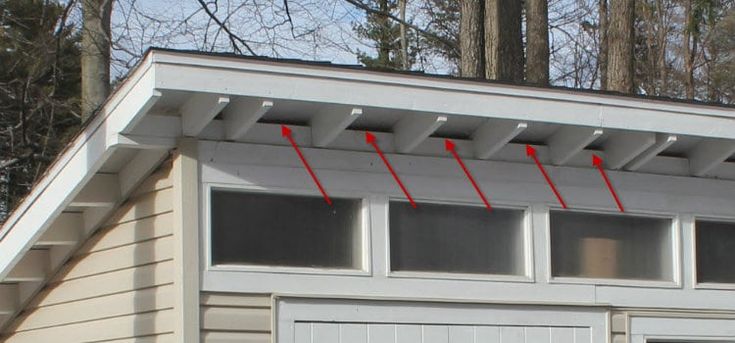When building a custom shed, it’s important to consider all aspects of its design, including the flooring. The right flooring can make all the difference in the functionality and comfort of your shed. In this article, we’ll explore some of the best flooring options for your custom shed and their unique benefits.
Concrete
- Concrete is a popular flooring option for sheds due to its durability and affordability. It’s also easy to clean and maintain, making it a practical choice for those who plan to use their shed for messy projects like woodworking or gardening. Additionally, concrete can be stained or painted to add some color or texture to your shed’s flooring.
However, concrete can be hard on the feet and joints, so it may not be the most comfortable option for those who spend a lot of time standing in their shed. To remedy this, consider adding anti-fatigue mats or rubber flooring in high-traffic areas.
Gravel
2. Gravel is another popular option for shed flooring, especially for those who plan to use their shed for storage or as a workspace for outdoor projects. It’s relatively inexpensive and easy to install, and it provides good drainage to prevent water from pooling around the shed’s foundation.
However, gravel can be difficult to walk on, especially if it’s not compacted properly. It can also shift and become uneven over time, which can be problematic for those who need a level surface to work on.
Wood
3. Wood flooring can add warmth and character to your shed’s design, and it’s a popular option for sheds used as home offices or studios. It’s also easy to clean and maintain, and it can be stained or painted to match your shed’s decor.
However, wood flooring can be vulnerable to moisture, which can cause it to warp or rot over time. To prevent this, it’s important to use treated lumber or seal the wood with a waterproof coating. Additionally, wood flooring can be slippery when wet, so it may not be the best option for those who plan to use their shed for outdoor projects.
Vinyl
4. Vinyl flooring is a versatile and affordable option for shed flooring. It’s easy to install, easy to clean, and it comes in a wide range of colors and patterns to suit any design style. Additionally, vinyl flooring is durable and resistant to moisture, making it a practical choice for sheds used for storage or as workspaces.
However, vinyl flooring can be prone to fading and cracking over time, especially if it’s exposed to direct sunlight or extreme temperatures. It’s also not as comfortable underfoot as some other flooring options, so it may not be the best choice for those who spend a lot of time standing in their shed.
Rubber
5. Rubber flooring is a popular option for sheds used as gyms or workshops, as it provides excellent shock absorption and traction. It’s also durable and easy to clean, and it comes in a variety of colors and textures to suit any design style.
However, rubber flooring can be expensive, especially for larger sheds. It can also be difficult to install, as it often requires special adhesive or interlocking tiles. Additionally, some types of rubber flooring can emit a strong odor, which may be unpleasant for some users.
Carpet
6. Carpet may not be the most practical option for shed flooring, but it can add warmth and comfort to your shed’s design. It’s also easy to install and can be a good choice for sheds used as home offices or studios.
However, carpet is vulnerable to moisture, which can lead to mold and mildew growth over time. It’s also difficult to clean and can trap dirt and debris, making it a poor choice for sheds used for messy projects.
